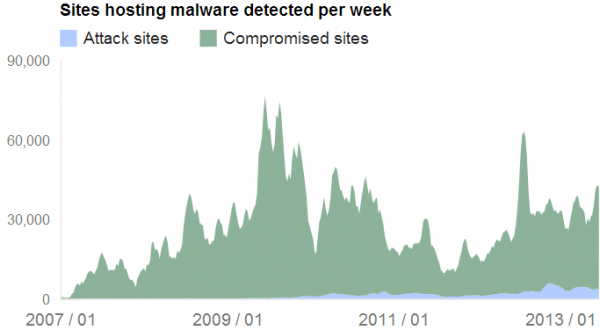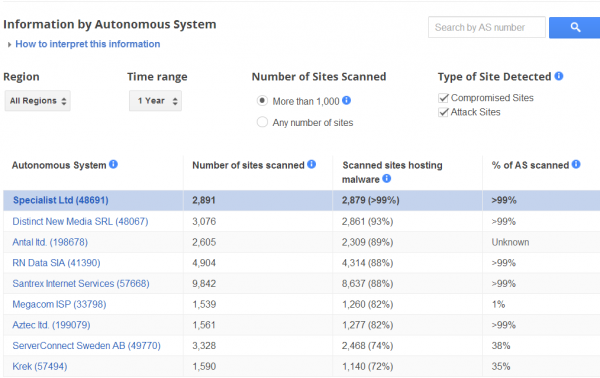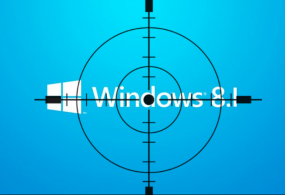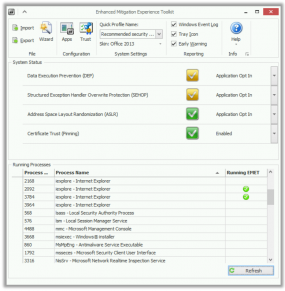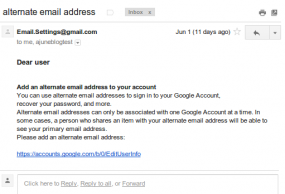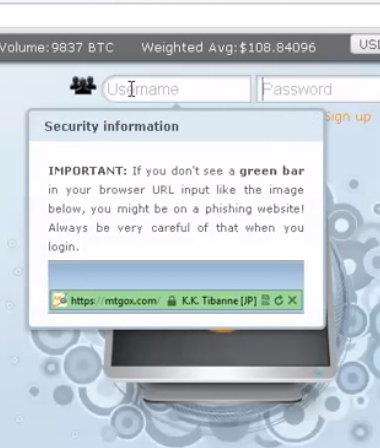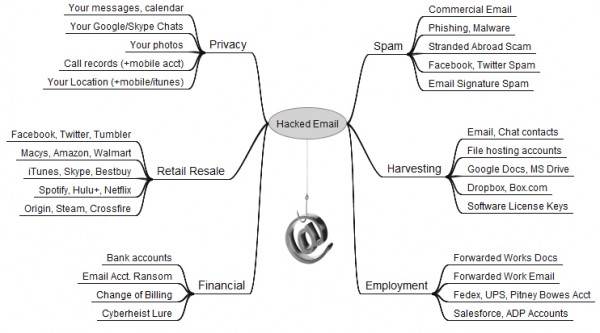If you use Gmail and have ever wondered how much your account might be worth to cyber thieves, have a look at Cloudsweeper, a new service launching this week that tries to price the value of your Gmail address based on the number of retail accounts you have tied to it and the current resale value of those accounts in the underground.
The brainchild of researchers at the University of Illinois at Chicago, Cloudsweeper’s account theft audit tool scans your inbox and presents a breakdown of how many accounts connected to that address an attacker could seize if he gained access to your Gmail. Cloudsweeper then tries to put an aggregate price tag on your inbox, a figure that’s computed by totaling the resale value of other account credentials that crooks can steal if they hijack your email.
In a blog post earlier this month titled The Value of a Hacked Email Account, I noted that many people do not realize how much they have invested in their email account until that account is in the hands of cyber crooks. That post quoted prices from one seller in the cybercrime underground who buys compromised accounts, such as hacked iTunes accounts for $8, or credentials to Groupon.com for $5, for example.
Chris Kanich, assistant professor at UIC’s computer science department and principal organizer of the project, said Cloudsweeper’s pricing model is built on prices collected from multiple sellers across multiple underground forums and services. I ran one of my Gmail accounts through Cloudsweeper, and it determined my account would be worth approximately $28.90 to bad guys. While this is not a Gmail account I use every day, I was surprised at how many third party services I had signed up for using it over the years. According to Cloudsweeper, bad guys with access to my account could also hijack my accounts at Amazon, Apple, Groupon, Hulu, Newegg, Paypal, Skype, UPlay and Yahoo, to name a few.
Cloudsweeper uses the Open Authentication (OAuth2) protocol to connect to your Gmail account and search through messages. OAuth is an open standard for online authorization, and using it with Cloudsweeper does not require you to type in your password as long as you are already logged into the Gmail account that you’d like scanned. Cloudsweeper doesn’t keep your credentials, and it forgets about your visit and inbox after you log out of the service, or within 60 minutes of inactivity.
PLAIN TEXT OFFENDERS
Prior to performing a scan, the service asks users if they wish to participate in a study, which Kanich said gathers and securely stores non-personally identifiable information about Cloudsweeper users who opt-in. That data includes how many types of accounts each user has tied to their Gmail. The study also draws on data from the second core feature of Cloudsweeper: The ability to discover and then redact or encrypt passwords that various services may send to users in plain text.





